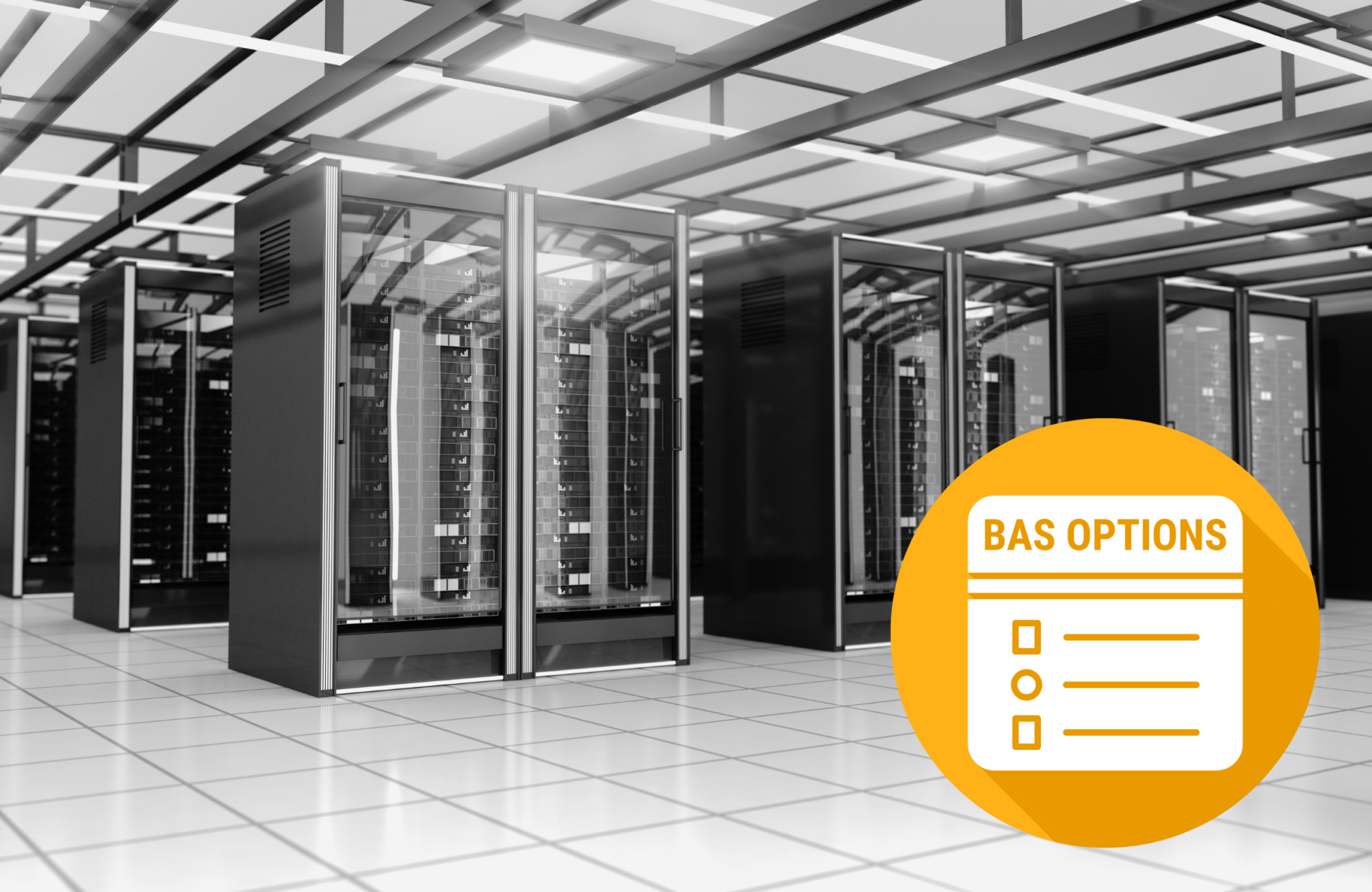Commercial building stakeholders have been investing heavily in energy efficiency and cost effectiveness in their building systems. Their strategies focused on selecting HVAC equipment that delivered exactly what was needed, not more, to keep energy usage at a minimum while keeping equipment cost low. Like many things in 2020, the pandemic has thrown a wrench in existing strategies. CDC recommendations for safe opening and operation of buildings often contradict energy efficiency settings and design. Indoor air quality, which has always been a consideration in mechanical and life safety systems, has become the major element for building managers to address.
ASHRAE Recommendations for COVID-19
The HVAC system is a building’s first line of defense against air pollutants and contaminants. The American Society of Heating, Refrigerating, and Air-Conditioning Engineers (ASHRAE) publishes standard practices for Commercial Building HVAC Systems that specify heating, ventilation and air conditioning settings. New guidance has been published around safe re-opening of buildings. The biggest focus is on increasing circulation of fresh, outdoor air by opening windows and doors where possible. Increasing air filtration by using higher rated filters is recommended to remove more pollutants from the air. Another suggestion is to run the air filtration system for two hours prior to occupancy and two hours post-occupancy.
HVAC equipment has been designed for efficiency and is not equipped to handle the higher volume of outdoor air. Air handlers are running longer and working harder to push more air through denser filters. Energy usage and therefore costs have increased. HVAC systems are being stressed beyond their design and failure is possible.
Solutions to Reduce HVAC System Stress
As stressful as these trying times are for building managers and their equipment, there are several solutions that can work to achieve the ASHRAE recommendations while preserving the equipment. Albireo Energy has expertise in creating a strategy customized for the building’s usage and will employ their intimate knowledge of HVAC equipment capacity in relation to efficiency and performance.
Consider portable high efficiency (HEPA) air filtration systems or ultraviolet germicidal irradiation (UVGI) to reduce the stress of a high rated static filter. Reevaluate positioning of supply and exhaust air diffusers and dampers to adjust zone supply in relation to occupancy. Increase CO2 and outdoor air humidity sensors to refine HVAC settings strategy.
Planning usage of space in coordination with the mentioned strategies will not only be important to compliance with COVID mandates; but can also help managers drive energy consumption down.
Long Term Indoor Air Quality Strategy
It is critical to evaluate and design strategies that will be successful going forward because the heightened awareness around indoor air quality raised by the pandemic will not fade. Viewing solutions as temporary fixes needed for the short term until things return to “normal” will strain budgets and HVAC systems.
Action is needed before temporary solutions can over tax HVAC systems. Partner with industry experts like Albireo Energy who can guide you through design and implementation to save your systems and your budget to keep your enterprise moving forward through these dynamic times.







